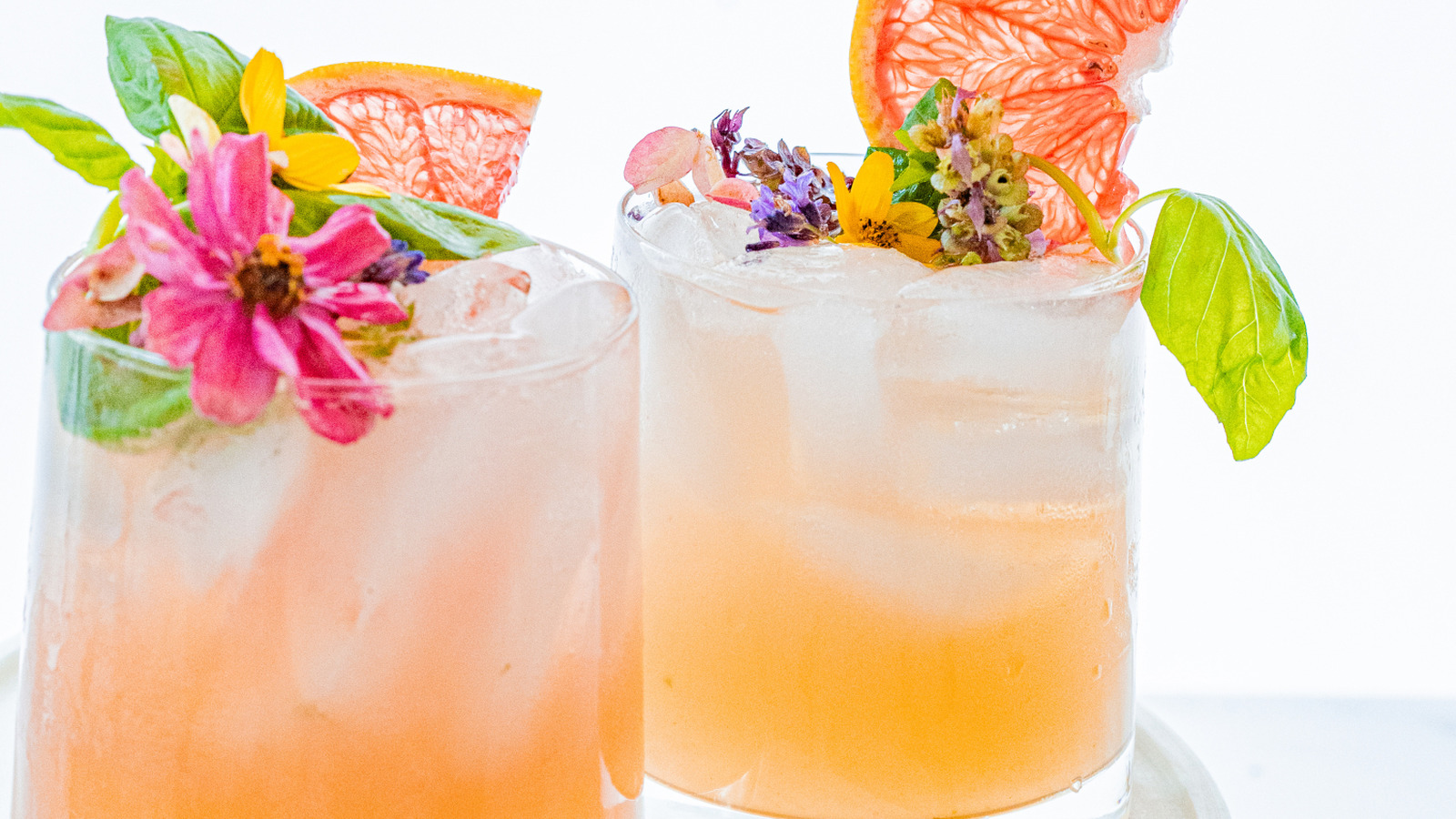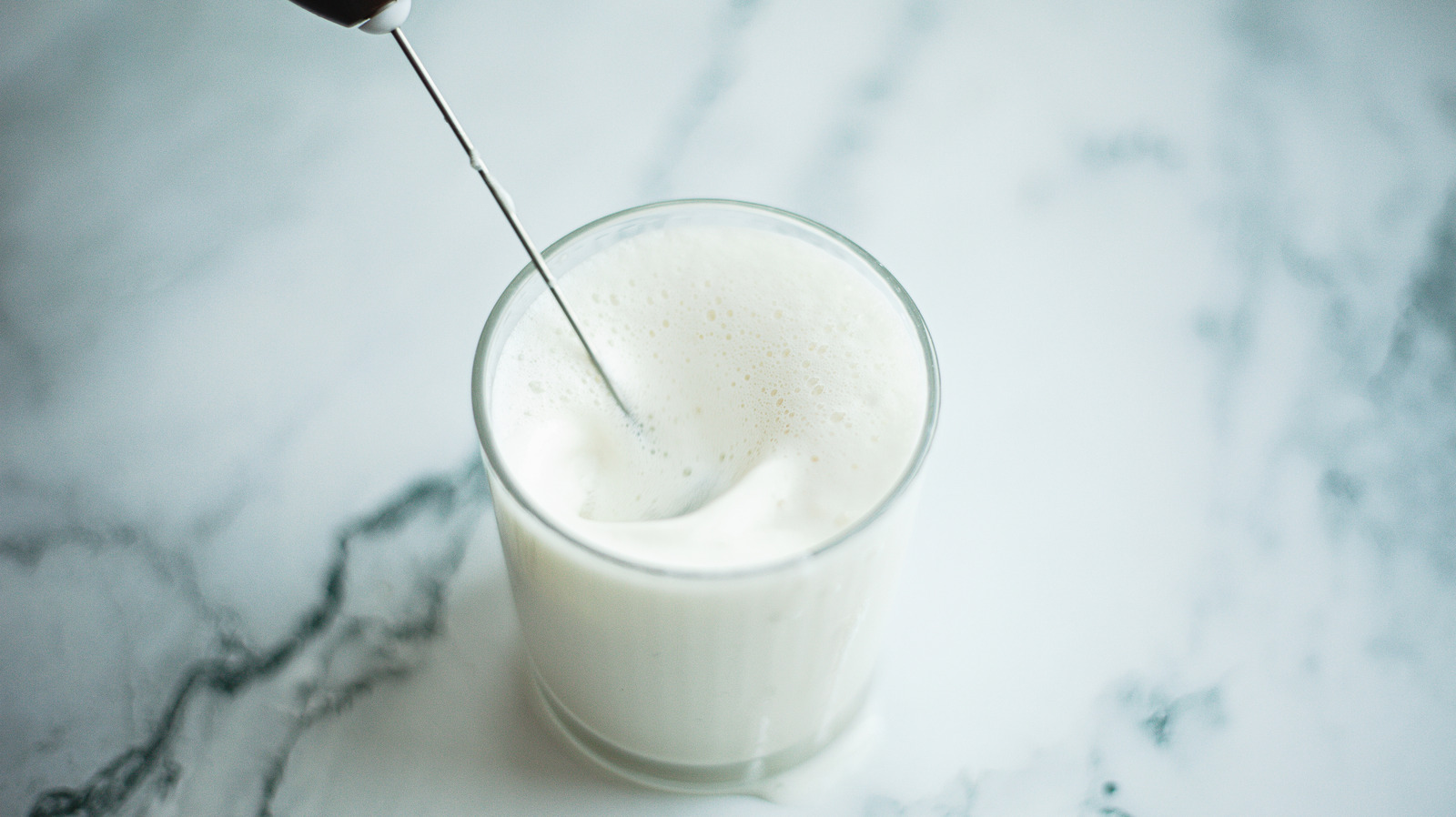While visiting your favorite Italian restaurant or taking that once-in-a-lifetime trip to Rome last summer, you might've heard Italians speak about their passion for digestifs. Though the word might sound foreign to your ears, you've most likely indulged in a digestif yourself at least once or twice. While you've probably had at some point or sampled the sweet, almondy flavor of amaretto in popular cocktails, grappa is an Italian beverage that's less appreciated but rapidly growing in popularity.
Like other digestifs, grappa is served at the end of the meal in a custom that dates back to the 16th century. The was that the spirit could make a person feel less full after a meal, and although scientific research hasn't proven this theory exactly right or wrong, it's evolved into a custom that aims to extend the evening and keep guests at the dinner table. In 2008, the European Union legally defined and protected grappa by implementing special status and specific criteria to classify the spirit, solidifying its position once and for all as a storied Italian drink.
Understanding grappa and its serving traditions Grappa may often be confused as a wine-based drink, though it's classified as a spirit — one of . It's created by distilling pomace from the winemaking process, meaning the leftover grape stems, seeds, and skins, eventually distilling it into a new spirit. In recent years, the process has become highly regulated, with grappa earning Protected Geographical Indication or P.











:upscale()/2024/12/23/986/n/1922441/ae269e286769e6f5b332b2.08351138_.jpg)







